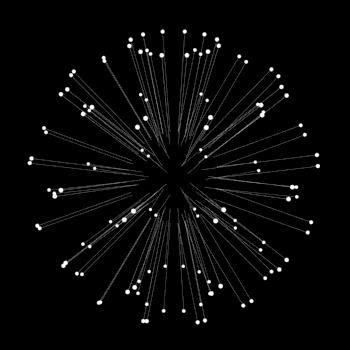color(blue)("Determining the excluded values")
You are not mathematically 'allowed' do divide by 0. If this situation exists the equation / expression is called 'undefined'
When you get very close to a denominator of 0 the graph forms asymptotes.
So the excluded values are such that y^2=81
Thus y=-9 and y=+9 are the excluded values
~~~~~~~~~~~~~~~~~~~~~~~~~~~~~~~~~~~~~~~~~~~~~~
color(blue)("Simplifying the expression")
color(brown)("Consider the denominator:")
As above; 9^2=81 so 81-y^2" "->" "9^2-y^2 thus we have
(3y-27)/(9^2-y^2)" "=" "(3y-27)/((9-y)(9+y))
" ".......................................................................................
color(brown)("Consider the numerator:")
3y-27 this is the same as 3y-[3xx9]
Factor out the 3 giving: 3(y-9)
" "..........................................................................................
color(brown)("Putting it all together:")
(3(y-9))/((9-y)(9+y))larr" can not cancel out yet"
Note that (9-y) is the same as [-(y-9)]
so by substitution we have:
-(3(y-9))/((y-9)(9+y)) giving
-(y-9)/(y-9)xx3/(9+y)
but (y-9)/(y-9)=1larr" This is what cancelling is all about!"
Giving: -1xx3/(9+y)" "=" "-3/(9+y)



